Herb Adams—His Fisher Body Craftsman’s Guild cars and the Vivant
Harry V. Quackenboss provided the model photos and the descriptions by Herb Adams who he met in 1970. Harry has had quite a career himself:
“I worked on the 1964 Tempest raced by Bob Tullius in the 1971 Trans-Am series, doing whatever needed to be done that didn’t require much skill, and then in 1972 I took over the suspension/brakes responsibility on a Firebird that finished 2nd in the Trams-Am series championship. I also had the same role on a NASCAR Pontiac Grand Am in 1973. I am a computer geek and was the only one of that bunch that wasn’t a GM employee.
“However, my dad worked at GM from 1957-1974. He first worked at GM Research Labs, eventually becoming head of the Operations Research department. He then went to Manufacturing Development Staff, leading a group that was doing early CAD stuff, several of whom went on to found CAD software companies. After that, he went to Marketing Staff, heading up their market research function. Before he died, he was on a mission to try to wake up the GM management about how much trouble they were in. My dad wrote one memo about the styling of something that prompted Bill Mitchell to write a short memo to his staff saying, “Frank Quackenboss is never to be allowed in my building ever again.”
“My addiction to cars came from seeing the Firebird models in the GMR lobby, which they would occasionally rotate. In high school close friends included Larry Caldwell (son of Phil Caldwell, then a Ford VP), Chuck Townsend (Lynn Townsend’s son), and Jon Clark, whose father headed up transmission and axle engineering for Ford. All of us got to drive and ride in some amazing company cars in that era, and I spent too much time on Woodward Avenue.
“But my career was in computer programming, except for the moonlighting work with the Pontiac guys, where I became a serious student of vehicle dynamics. Herb left Pontiac and recruited me out of my software job to make me chief engineer at Grand Prix of America, founded by John DeLorean. When it went bust, I went back to computing, ending up in Silicon Valley.”
Many thanks to Harry.
The following images were provided by Herb Adams, along with his comments.
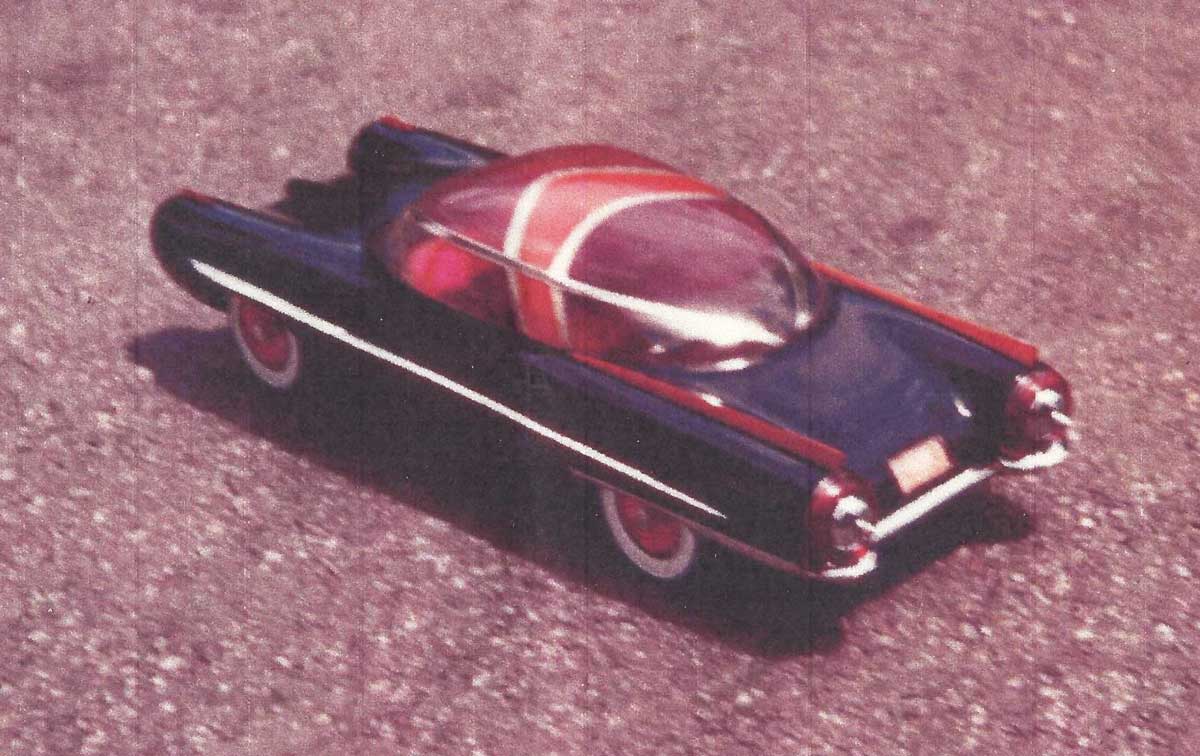
1954
“This was my first attempt, and it earned the 3rd-place award for the state of Illinois, in the young age group. I still have the model but it shows some old age deterioration because it was made from balsa wood. Note: I was 14 years old, but I had learned to design and build model airplanes.”
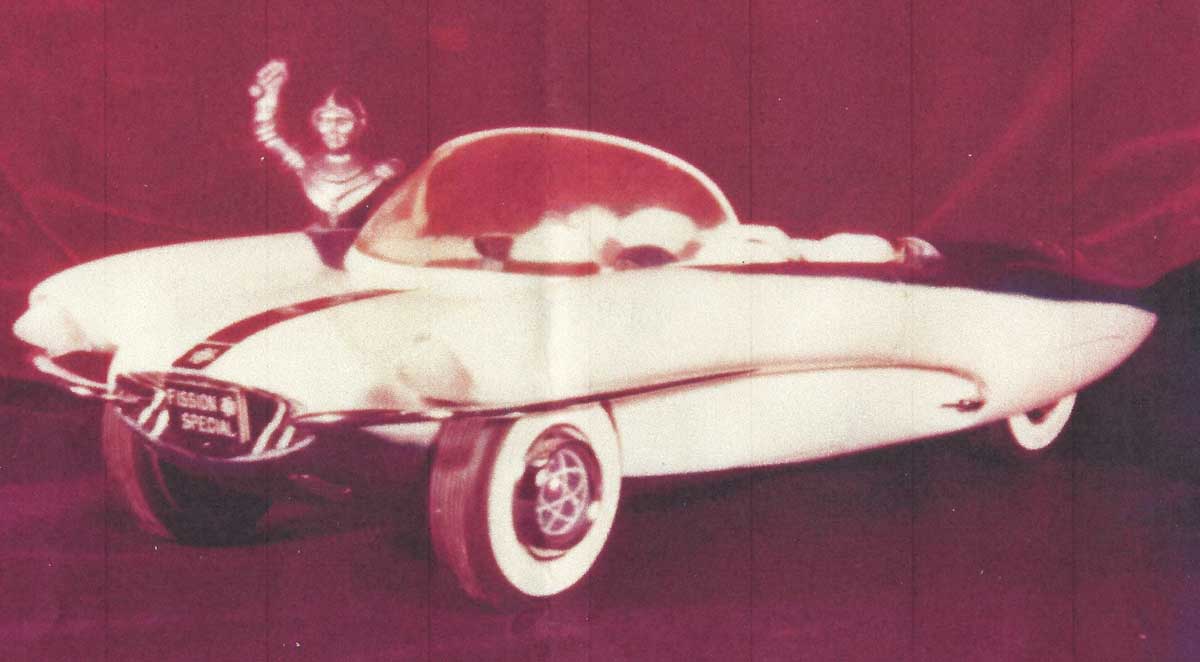
1955
“This was my second attempt and it was purchased by GM. I don’t know why, or where it went. Maybe they likd the faded color transition because they used this technique on a Corvette show car. They paid me $450. I think they gave me 2nd place in Illinois.”
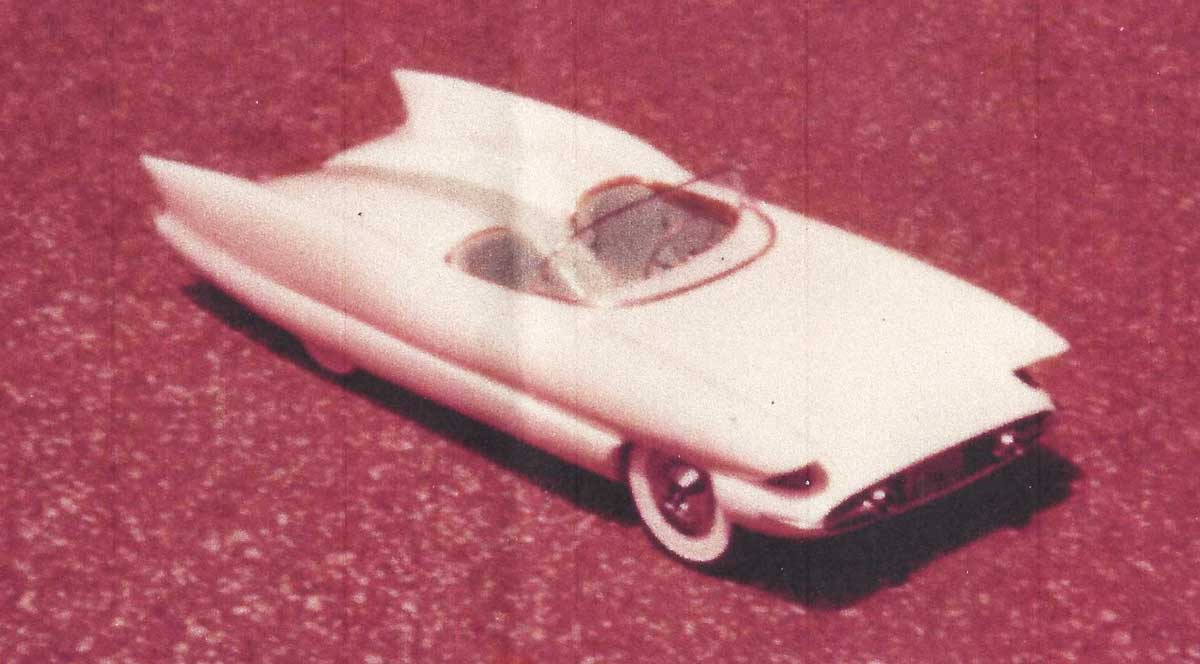
1956
“This was the first year when they allowed two-passenger cars. It was also when I was placed in an older age group. Because of an auto accident, I didn’t spend too much time on this entry. I don’t remember how it placed in the competition. I still have the model but it also suffers from old-age deterioration.”
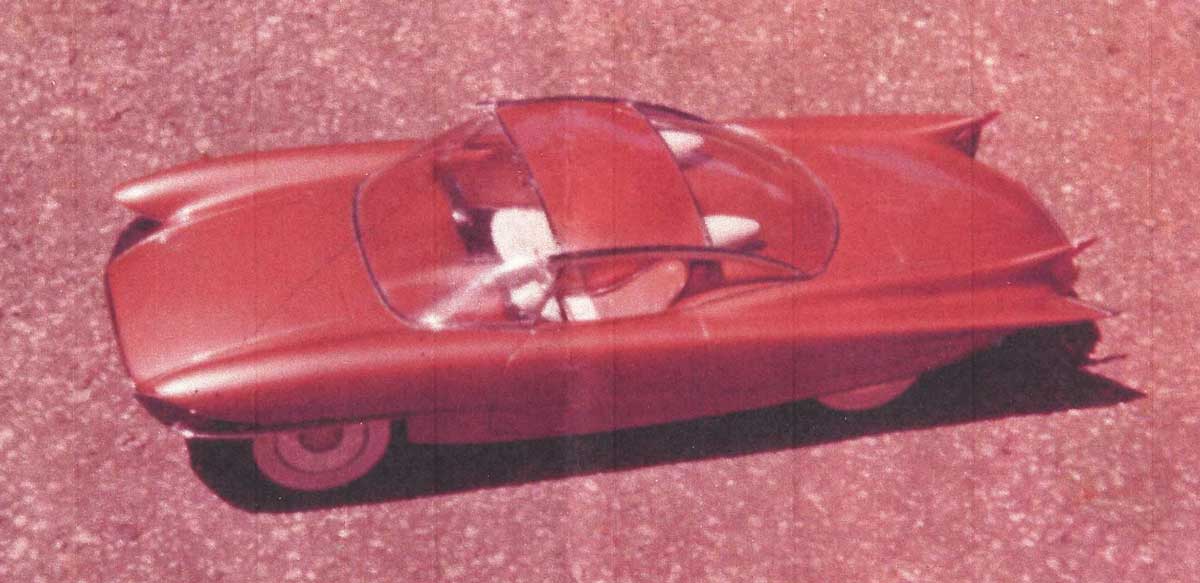
1957
“This model one of the $1,000 Special Styling Awards. It was made from a block of plexiglas, so it has survived pretty well, although not all of its original design details.”
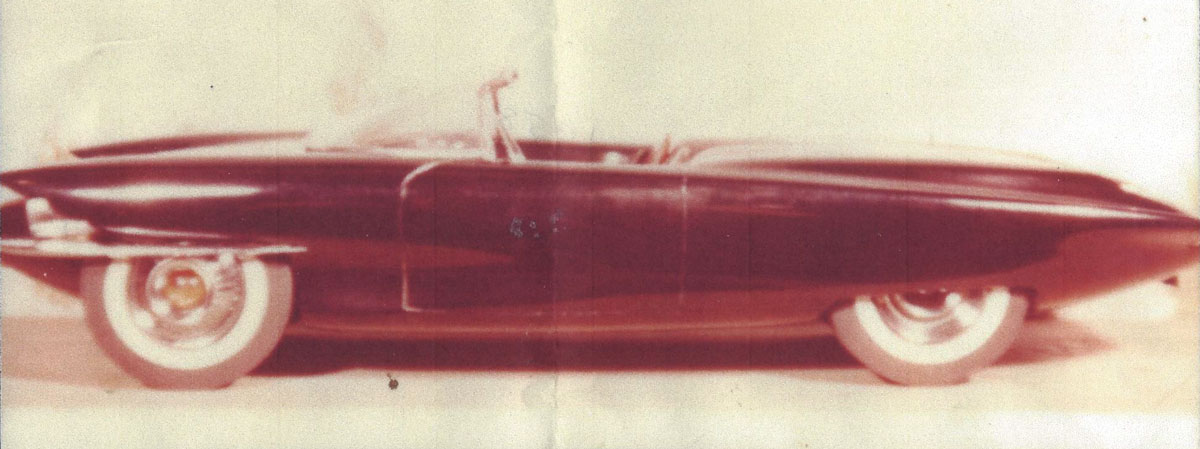
1958
“This was the year I moved to Michigan to attend GMI on my one-year scholarship. I was very busy with engineering studies, so rather than doing a new model, I cut the fins off the 1957 model and painted it black. Sort of a Detroit version of a new model. I don’t remember how it was judged in the Michigan competition. I still have the model and it has survived pretty well.”
The Vivant 1963–1965
“After doing six Fisher Body models and finally having the money to buy a house on my engineering salary, I was looking to design and build another car. Our new house had an empty two-car garage and I had a 370-cubic-inch Pontiac race engine, so things progressed. My job assignment at Pontiac was to do the surface development on a new hood, do I learned this technique. Note: This was done on a big drafting table because we didn’t yet have computer graphics.
What really got the Vivant project going was when I met the English immigrants led by Jack Henser who could roll-form and weld thin aluminum panels, box-cutting the model every inch, and blowing up the cross sections 12-times size. I was able to give the aluminum guys the shape outline, which they very nearly matched.”
Last photo of the Vivant on the red carpet by WinstonGoodfellow.
From the Archives—Speedometer Converters
Back in the days when the federal goberment in their wisdom mandated the federal 55 MPH speed limit, they also commanded the automakers to restrict speedometers to read a maximum of 85 MPH. Made no sense to me.
I have a very good booklet by Herb Adams entitled Corvette Handling. In the back of the book are listed several performance products produced by Herb’s company, VSE (Very Special Equipment) in Del Ray Oaks, California. One of the products was a speedometer conversion that reduced the speed registered on an 85 MPH speedometer by half, thus turning it into a 170 MPH speedometer. Clever.
Back in the ’70s GM employees could buy cars at a sizable discount. Cars had to be owned for six months or to the end of the model year, which ever was longer (I think). Then the car could be sold, and depending on market demand, the employee might make a nice profit, basically allowing him to drive a new car for free and then some.
A speedometer conversion unit reduced the registered speed by half. But it had another benefit for some nefarious GM employees. It also halved the mileage, thus increasing the car’s value that they bought to flip.
This is right up there with rust holes in chrome bumpers being filled in with clay and covered with foil just like a model in the studio. I imagine the poor fellow who bought one of these “restored” cars got quite a shock when the clay fell out.
Gary Smith

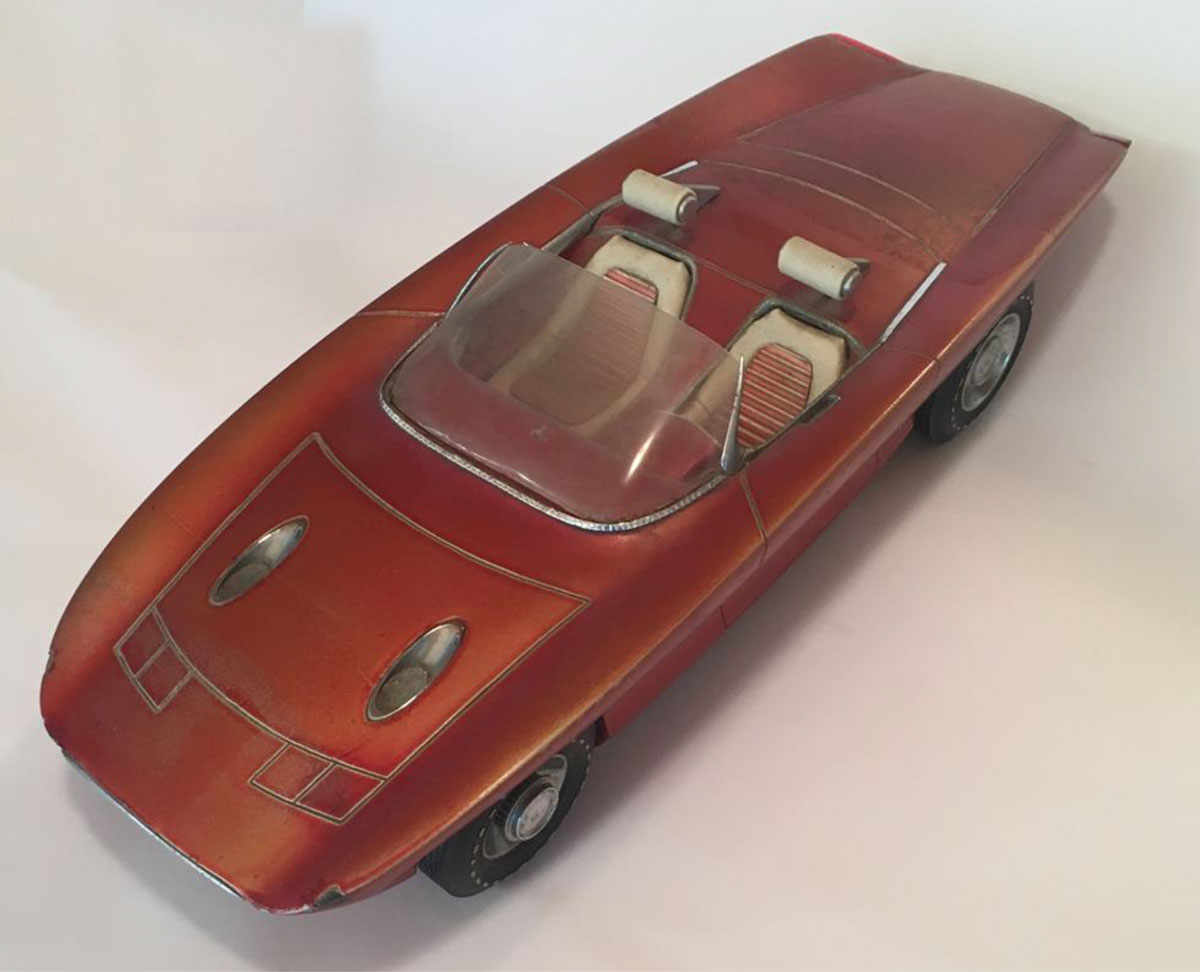
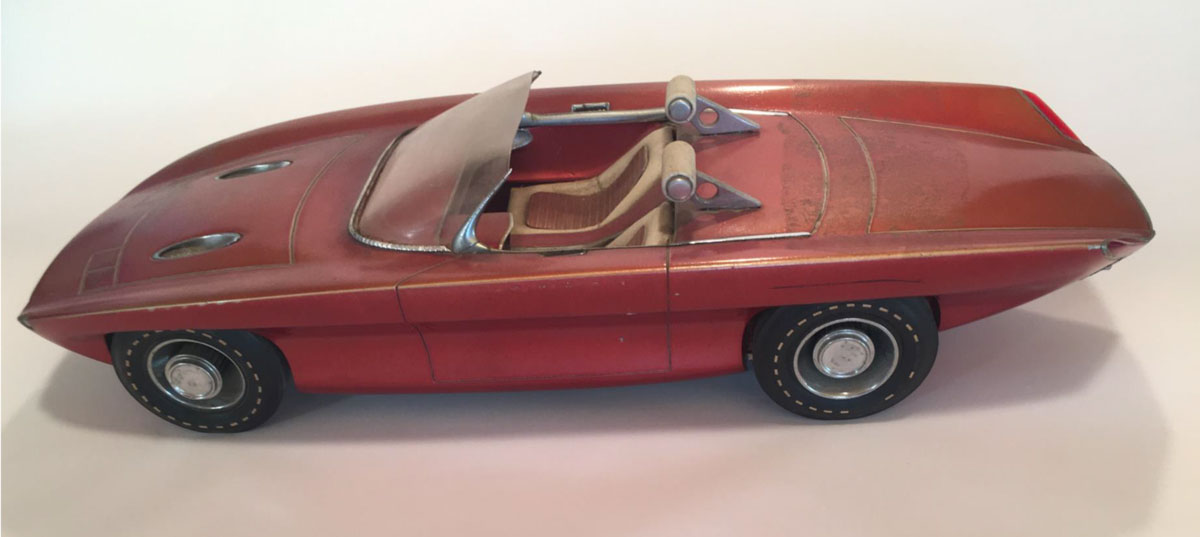
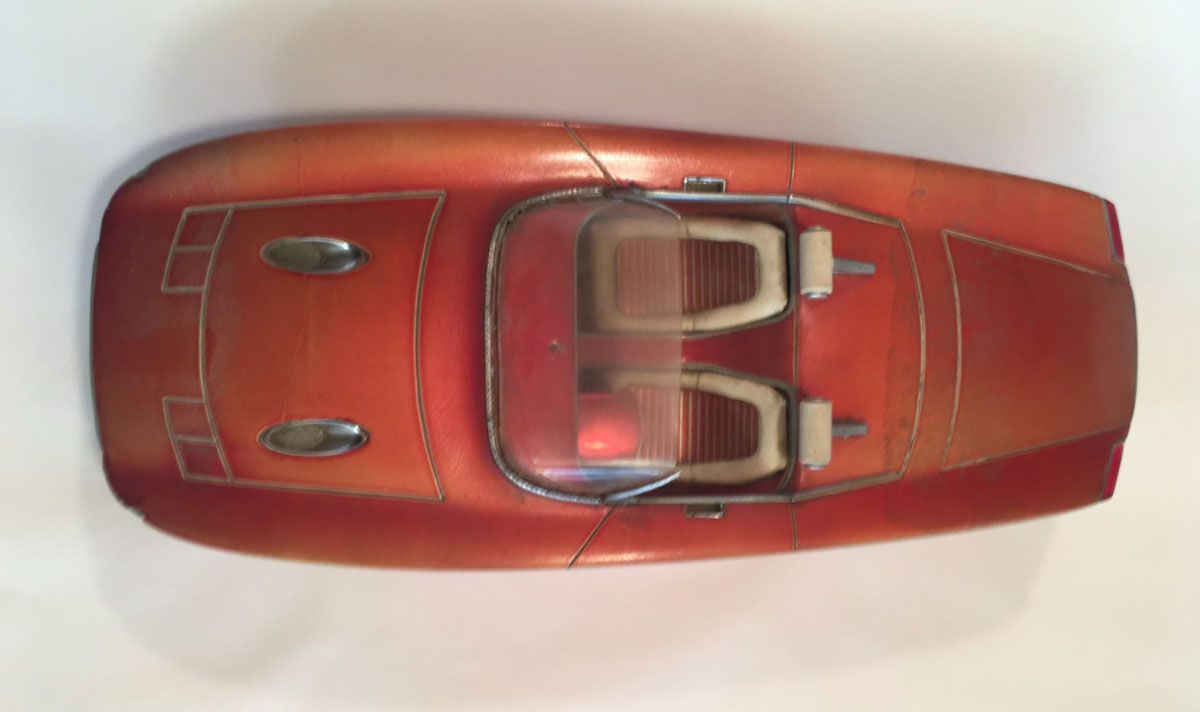
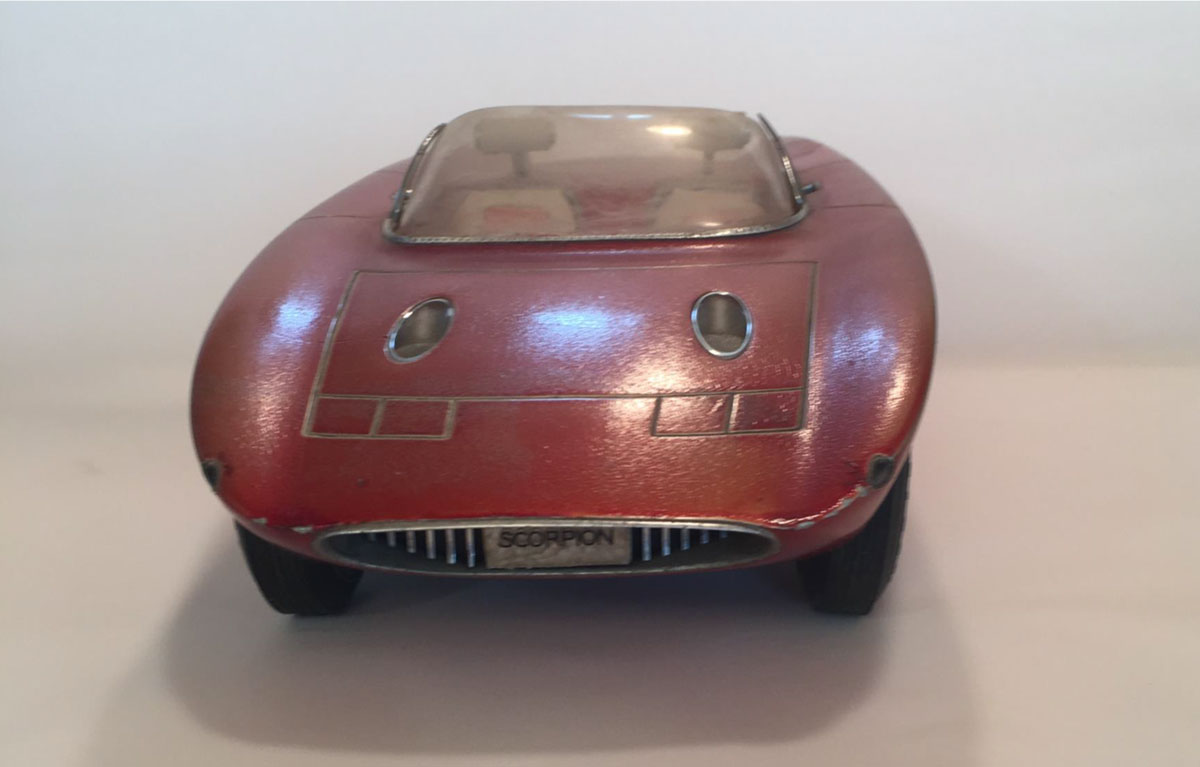
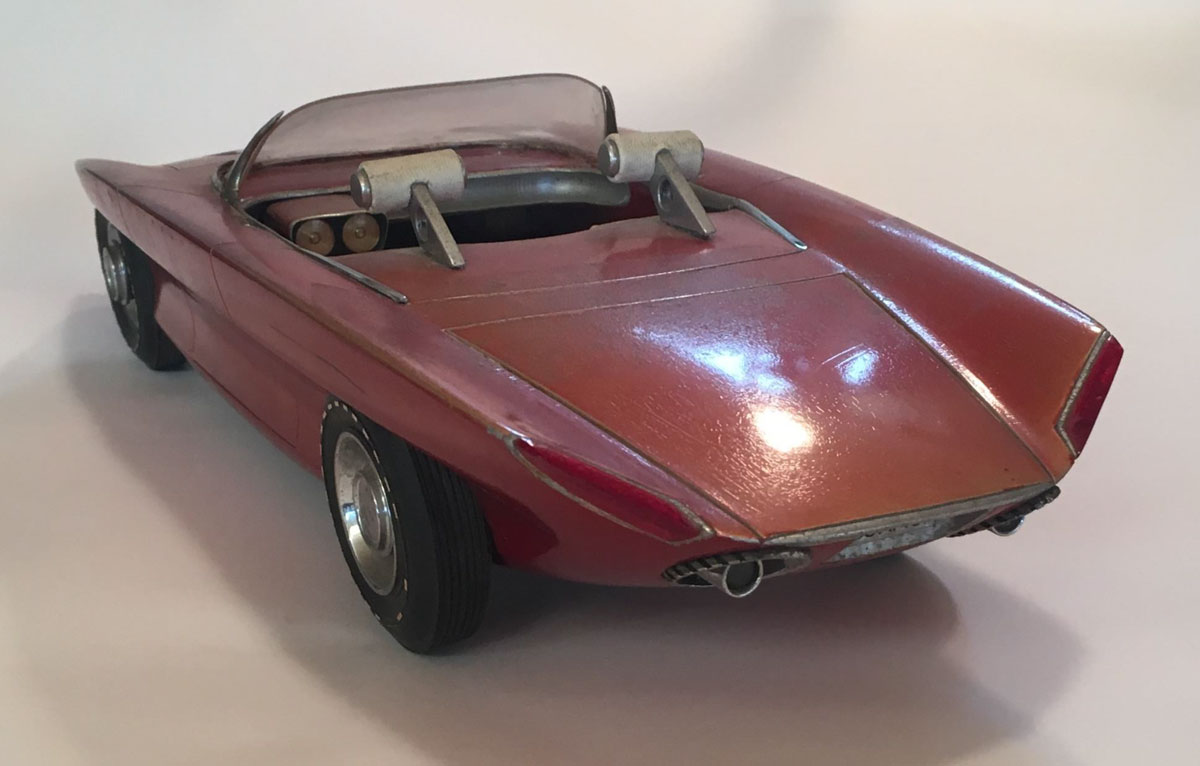
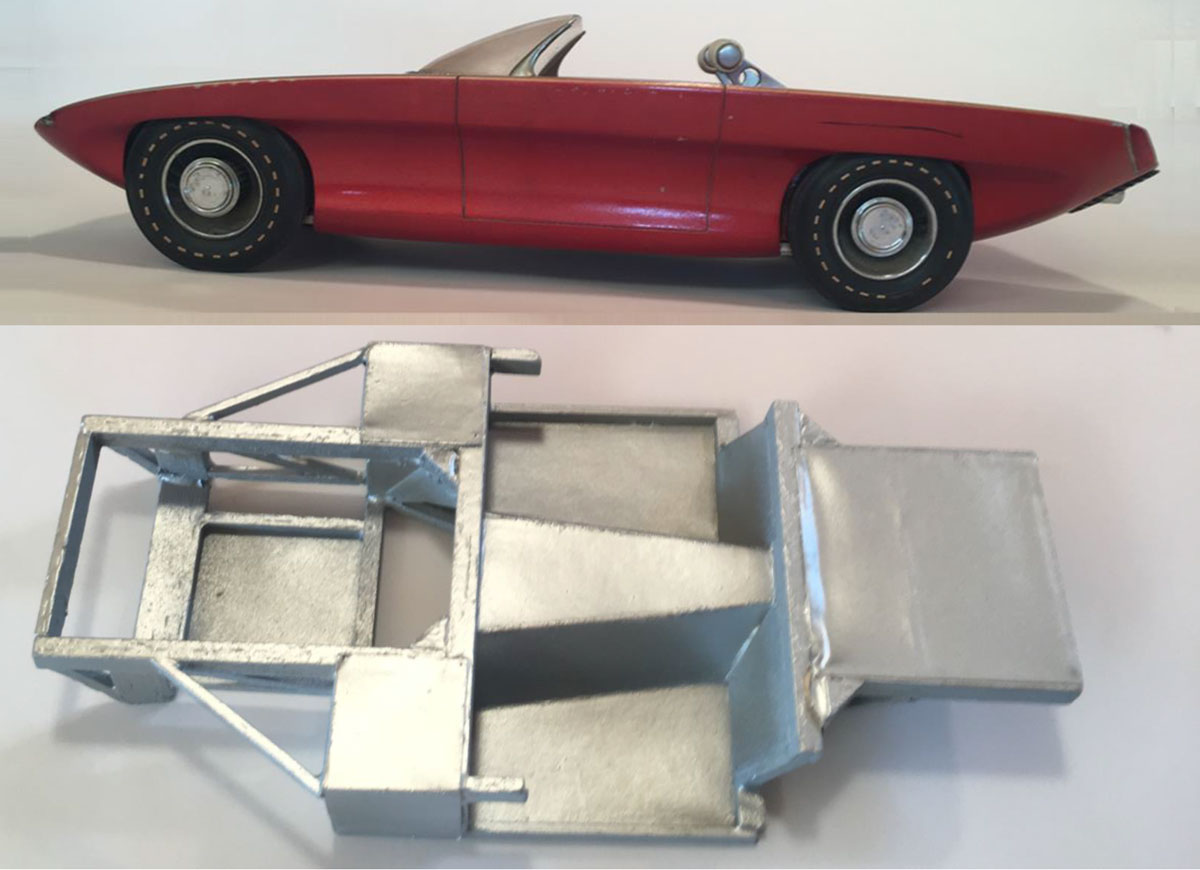
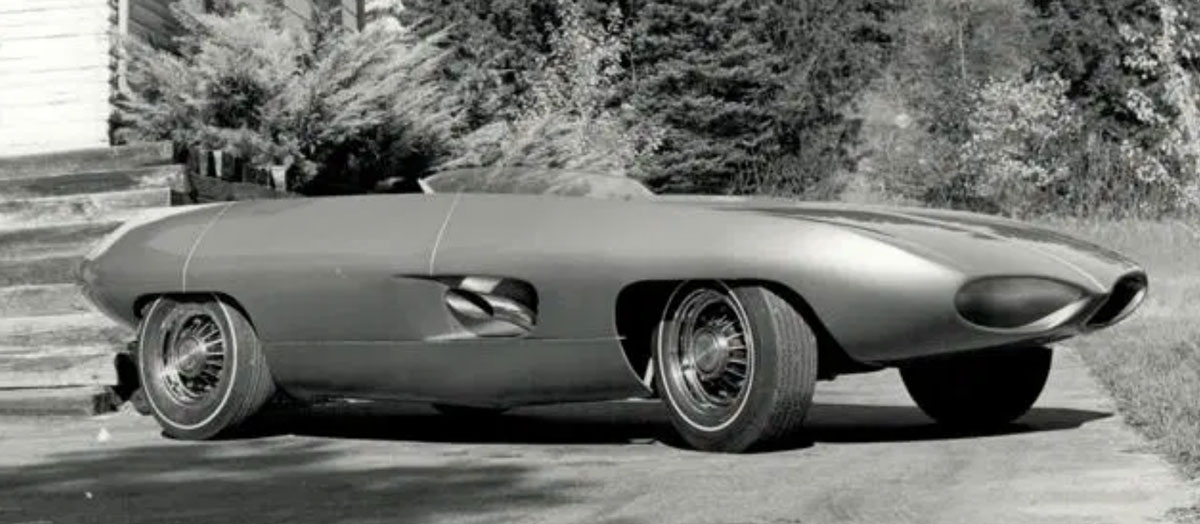
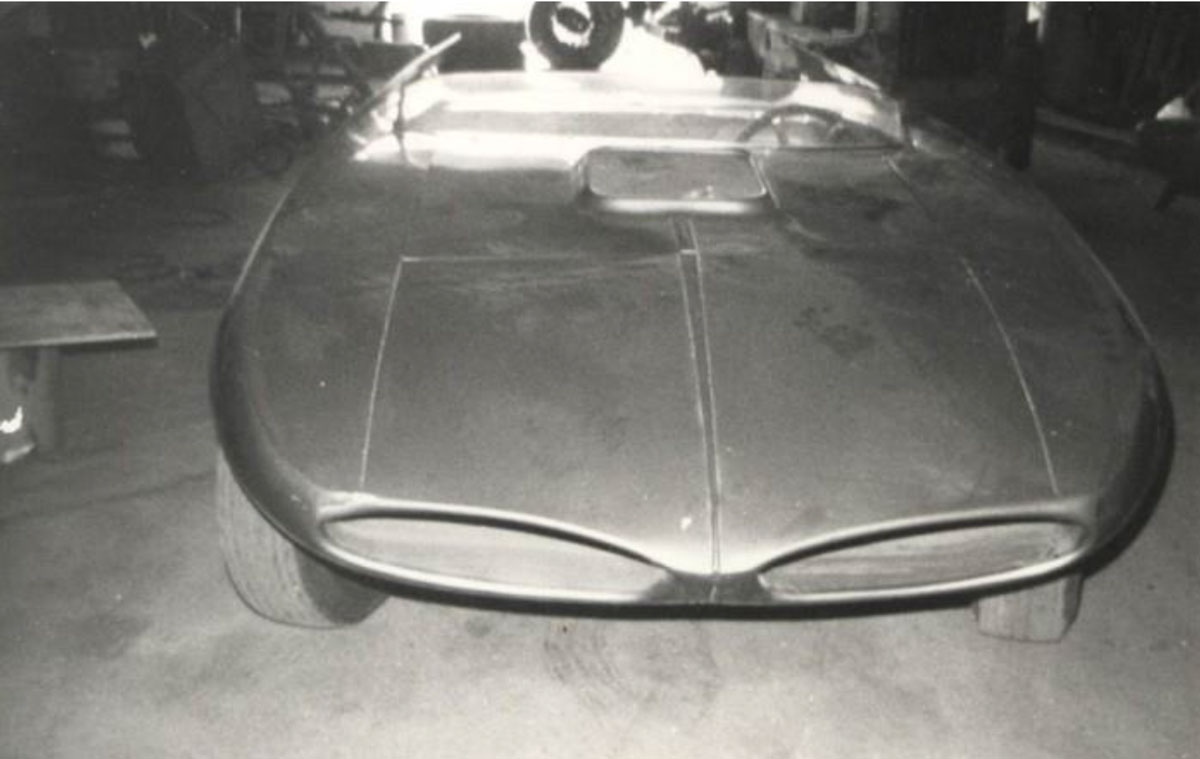
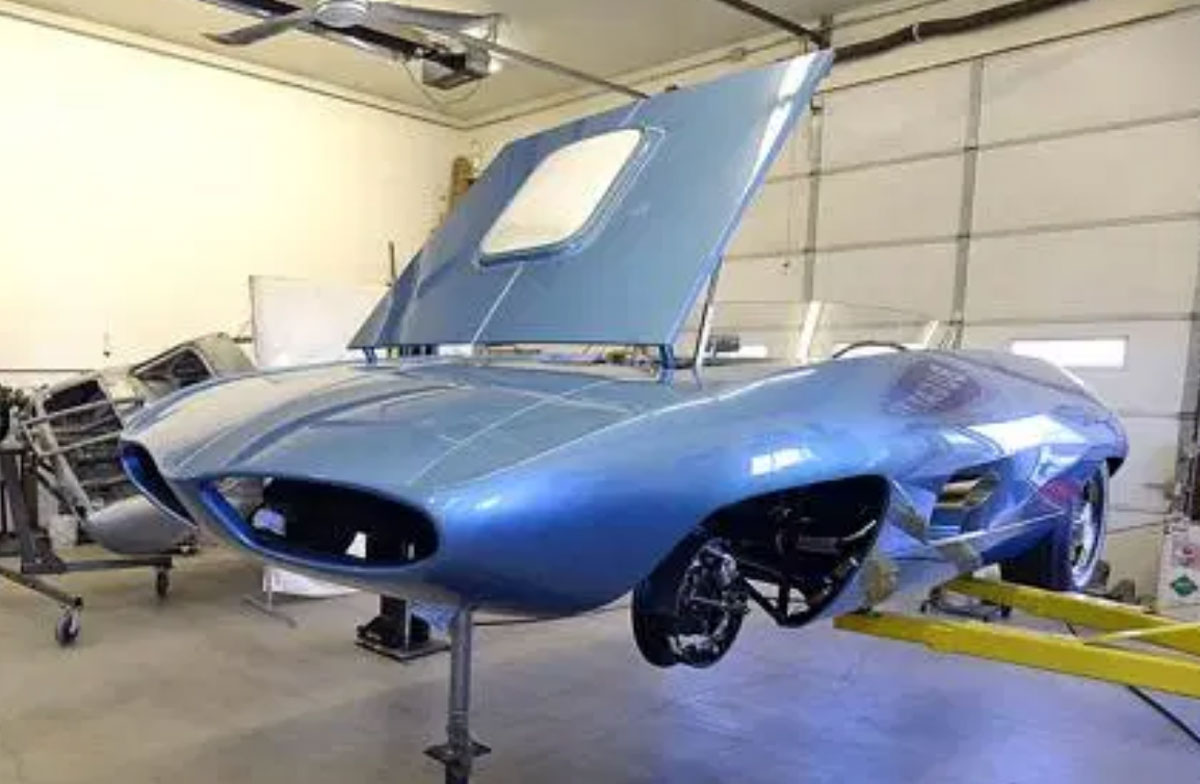
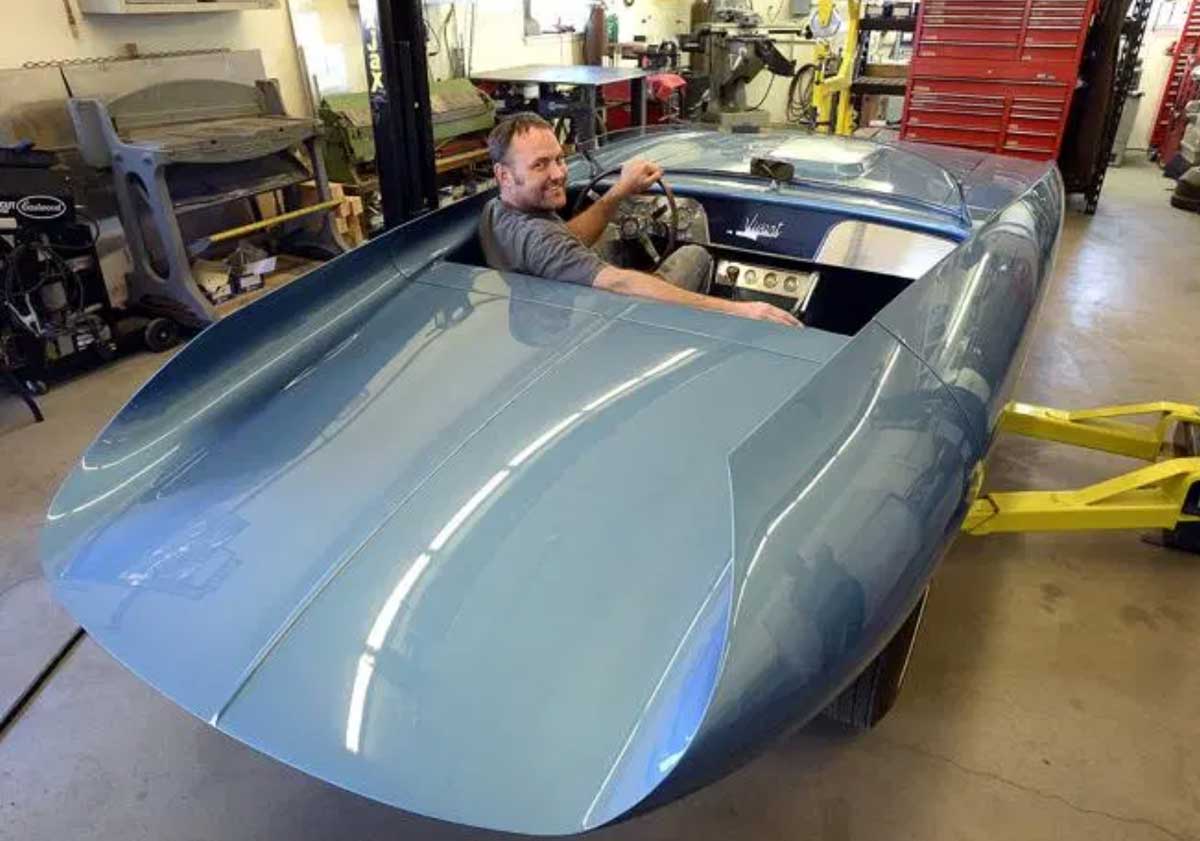
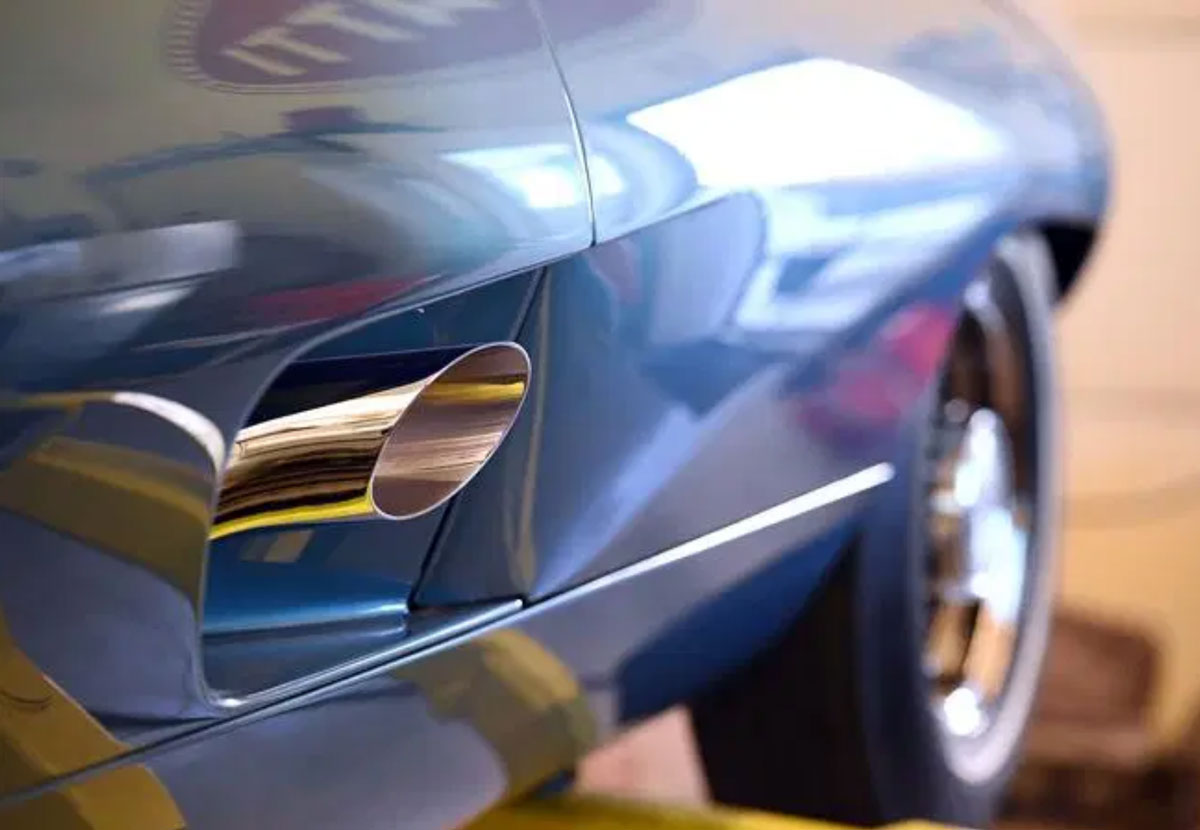
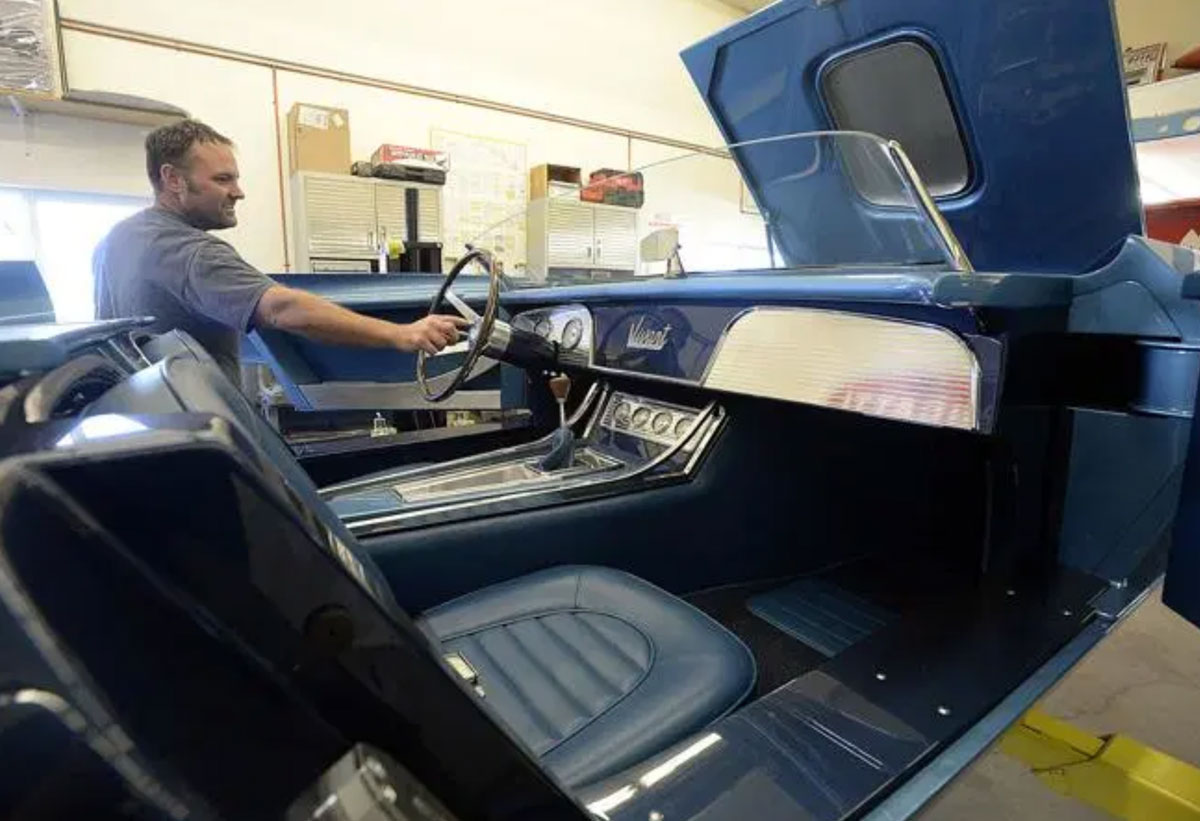
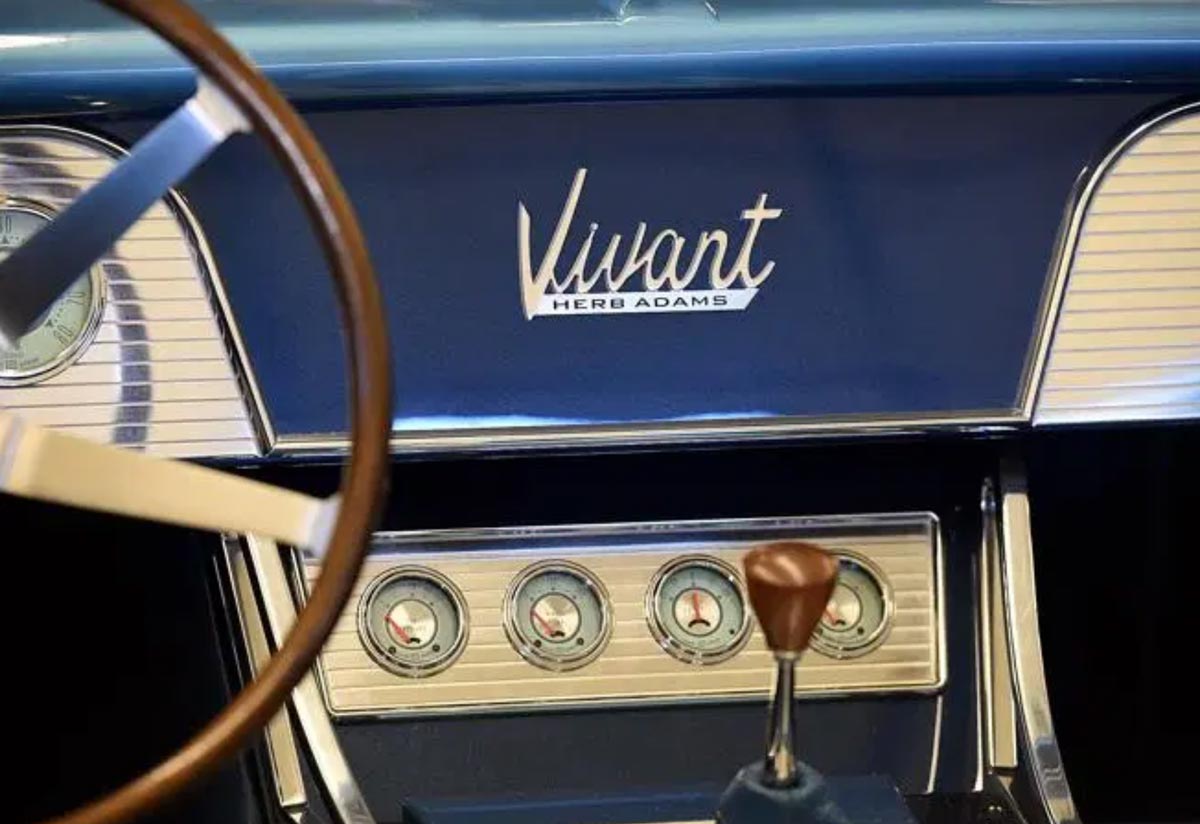
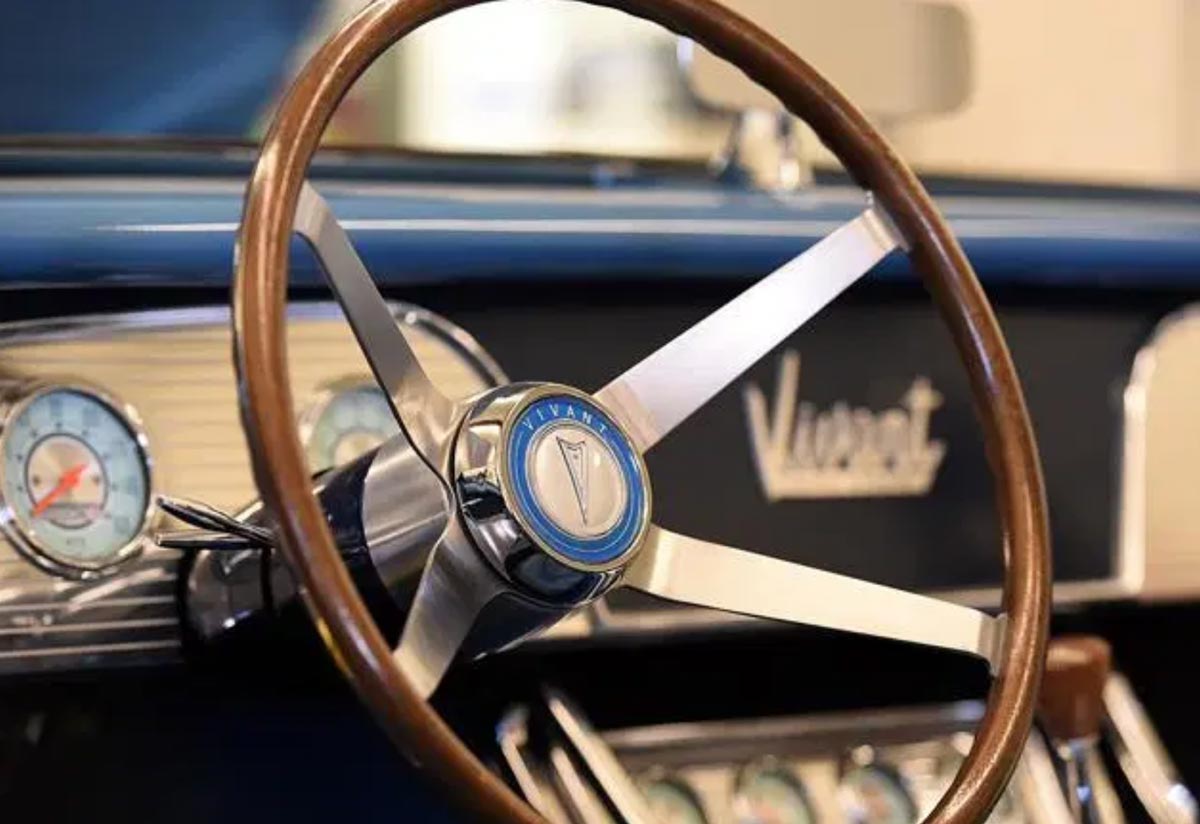
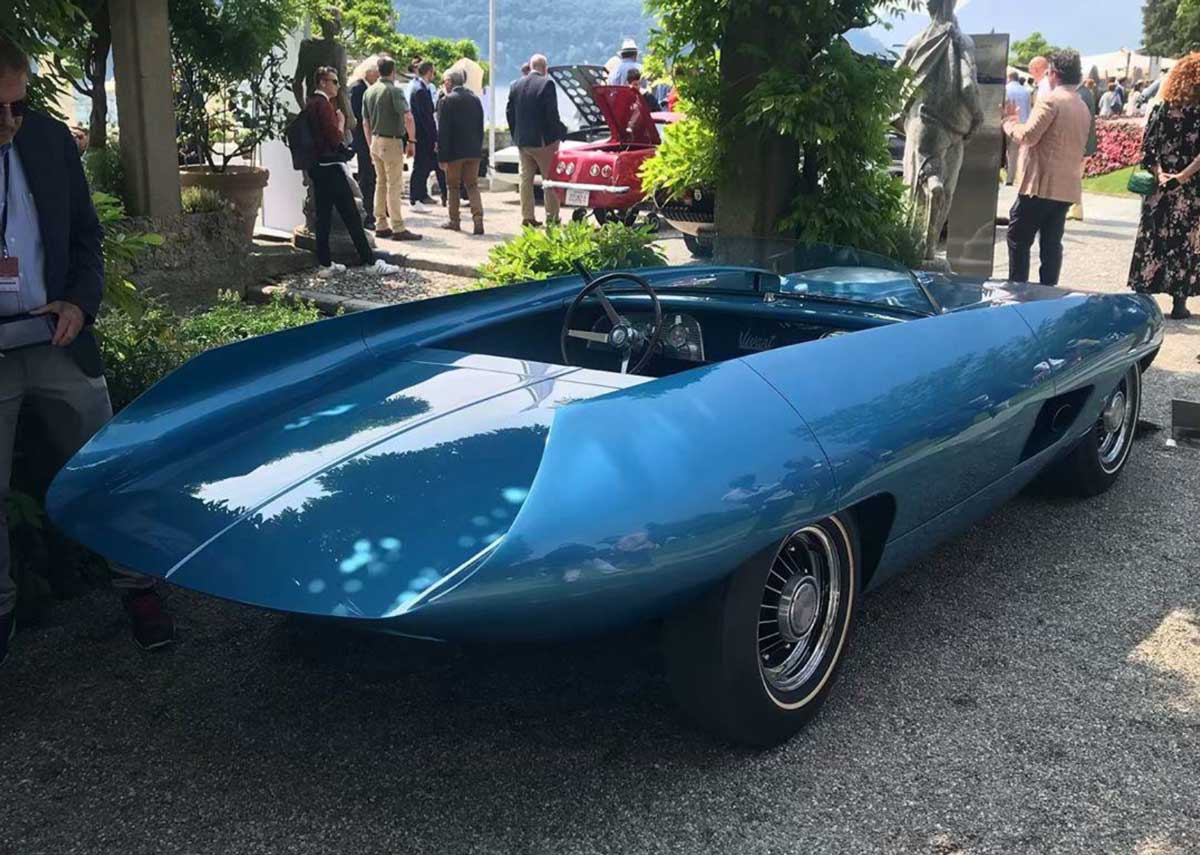
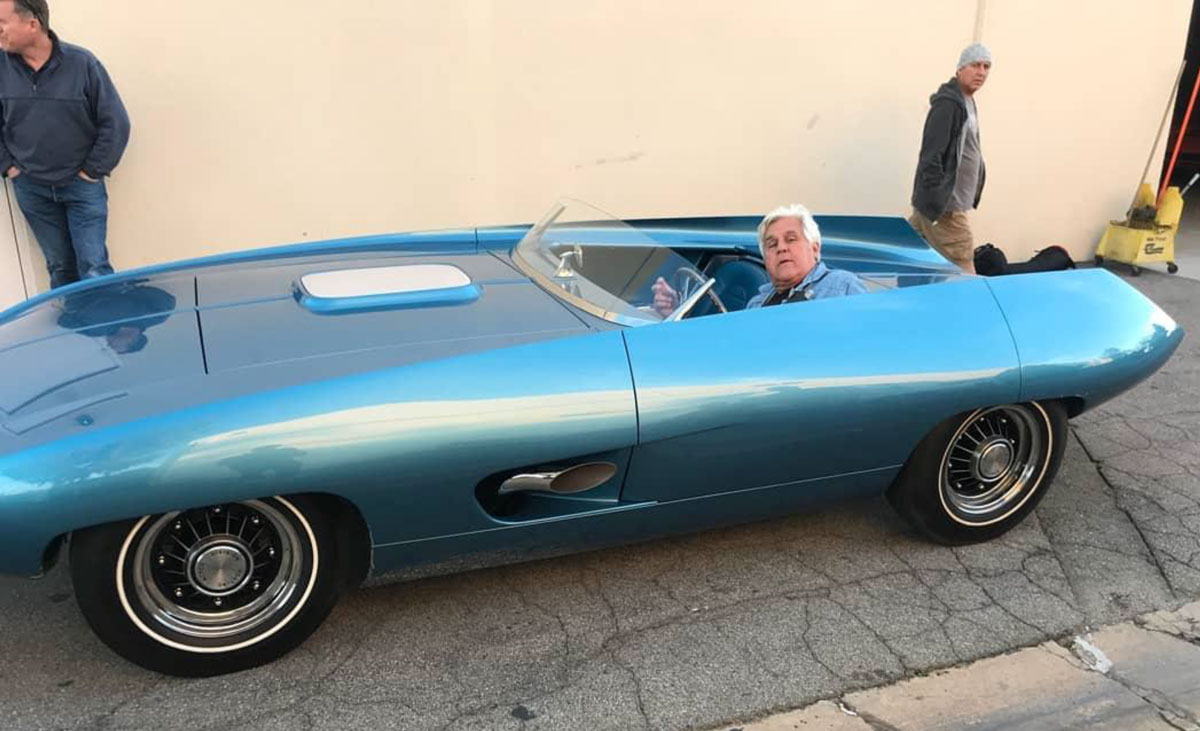
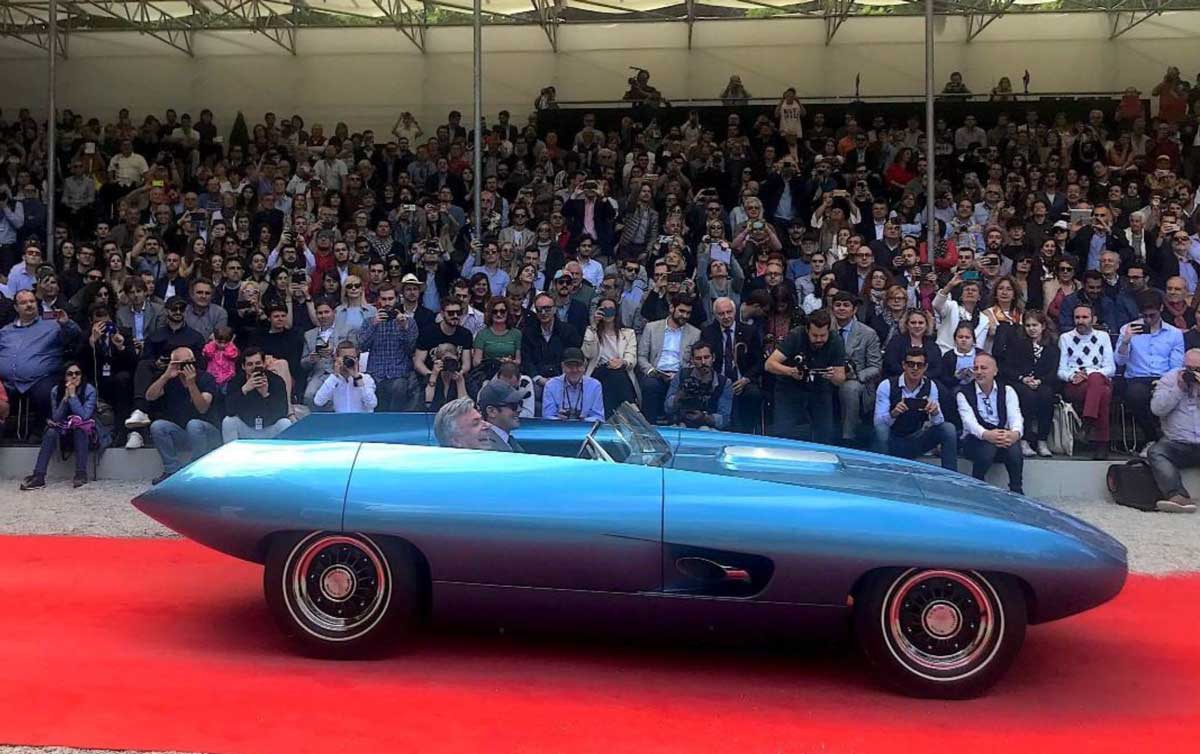
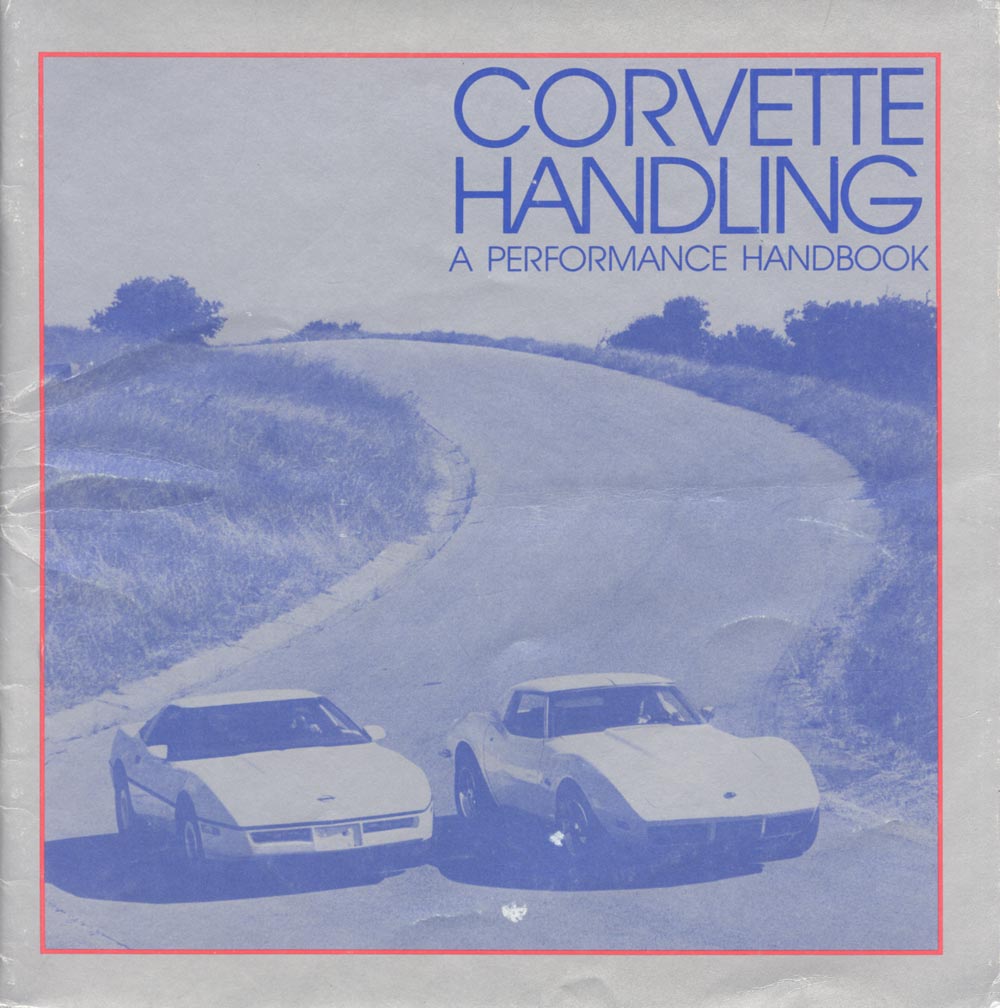
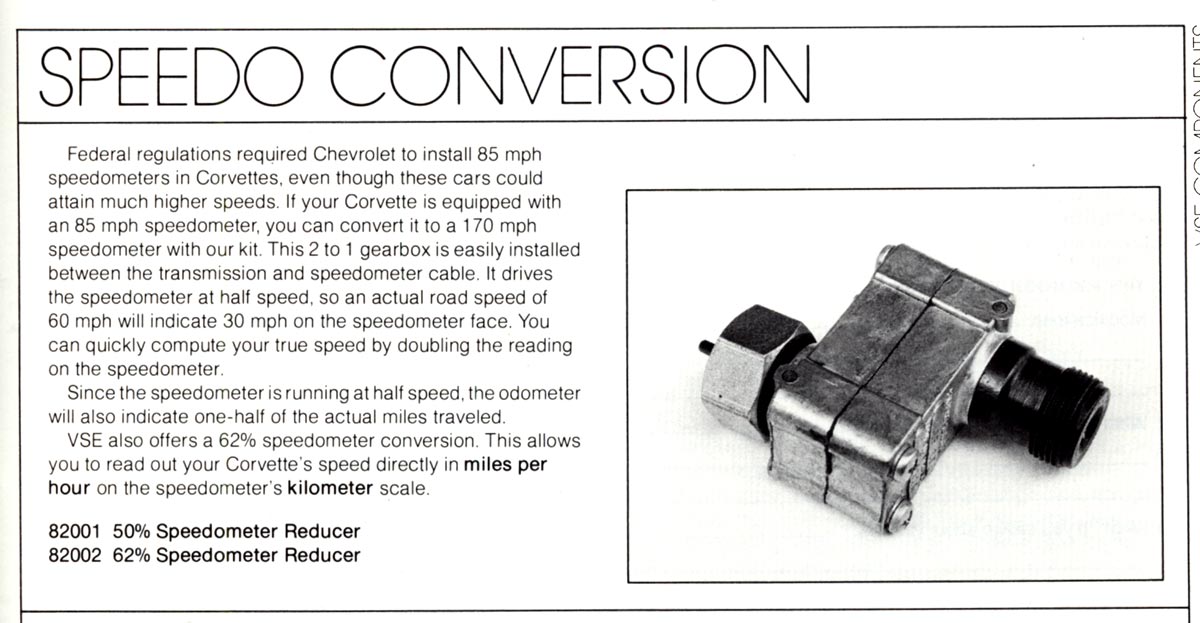
Wonderful story! The ’59 does look “Tempest-y”!
Howard Pelcman
The color of your 1959 model looks familiar.
In ’68 my submission was painted candy tangerine.
It’s aging the same. Just a guess 🙂
I worked at the Wilmington Plant and I remember one of our material department managers handing me one of those things to look over. He was entitled to a car as part of his job and installed his device to keep the mileage low.